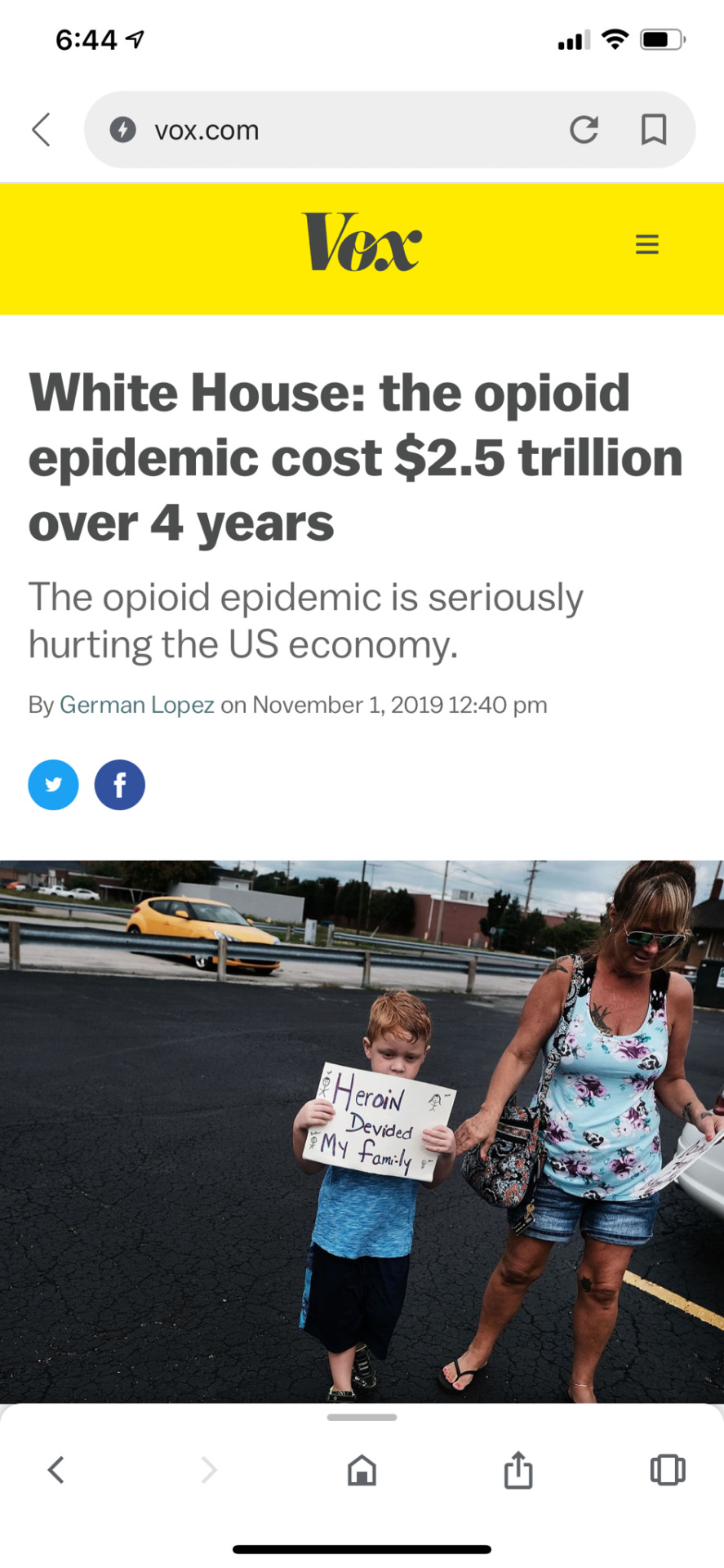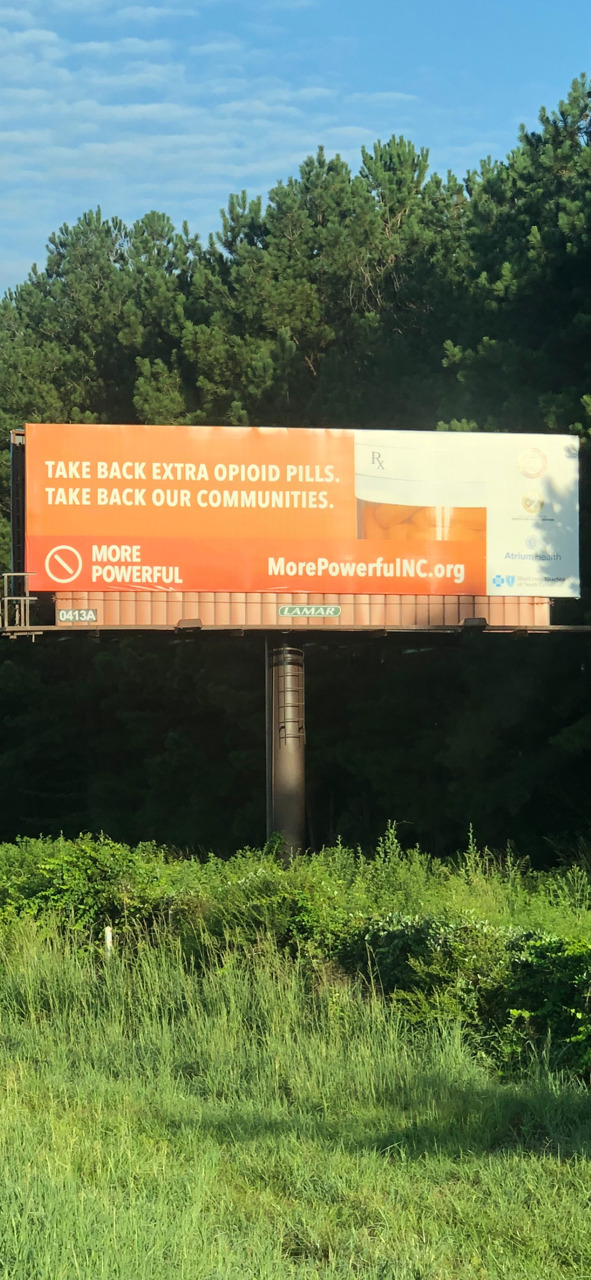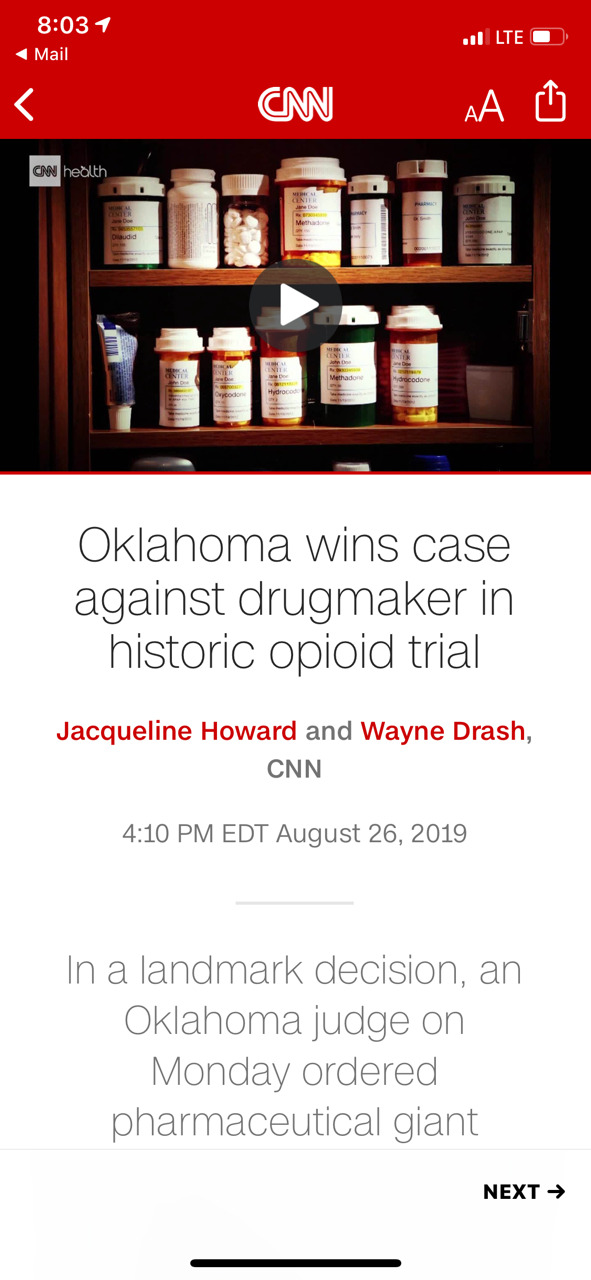Don't wanna be here? Send us removal request.
Text
Competency F14
Opioid-related overdose deaths in North Carolina have doubled in the past ten years alone, and the problem only continues to grow and devastate lives. More than 2000 NC residents died of an opioid overdose in 2017, a 32% increase from 2016. This increase was nearly 17 times higher than in 1999. Between the years 1999-2017, more than 13,169 NC residents have died from unintentional opioid overdoses. The number of unintentional opioid overdose deaths has more than doubled in the past decade. (NC State Center for Health Statistics – Vital Statistics – Death certificates; Analysis by Injury Epidemiology and Surveillance Unit) . Also noted in 2017 there were 125 unintentional opioid-related overdose emergency department visits per week on average. (The North Carolina Disease Event Tracking and Epidemiologic Tool; Analysis by Injury Epidemiology and Surveillance Unit).
We researched other rural areas dealing with the opioid epidemic. We found a city in Massachusetts that found a new way to respond to the opioid epidemic that plague their small community. In 2015 the police chief of Gloucester, Mass, decided that anyone who came to the police looking for help with addiction would receive it without repercussions. He vowed to get addicts the help they needed. His efforts formed into the ANGEL program. In the first year of the program, over 370 persons asked for help and 95% received referral for treatment . The ANGEL program is supported by volunteers who will help support the person in need of help. These volunteers are compensated from private donations to the program. After the implementation of this program, Gloucester only had 1 opioid related death compared to 5 previously (pop. 28,000).
Many cities have developed some variation of the ANGEL program. One such city in NC is Nashville, NC. The HOPE Initiative was launched on February 9, 2016. It was the first “angel” program in the State of North Carolina. The goal of the program is to assist individuals struggling with addiction find treatment and get into recovery. While many programs are focused on opioids, the HOPE Initiative accepts any substance use disorder. Like the ANGEL program in Mass, this initiative allows for anyone to come to the Nashville Police Department and turn over any drugs and/or paraphernalia without fear of charges and to start their recovery process. This program is also funded through donations, grants and fundraisers. The first year over 100 participants entered the program and the second they had over 200 participants enters the program. Since inauguration, of the 320 participants, 271 have detox, 155 have been placed into a long-term residential program.
With the success of these two programs, we propose that Harnett County Sheriff’s Office consider implementing some form of the ANGEL program or the HOPE Initiative to help combat the opioid epidemic in the county. It is our recommendation that Harnett Sheriff’s Office collaborate with the Police Assisted Addiction and Recovery Initiative (PAARI). This nonprofit organization helps police departments implement similar programs like the ANGEL program. Sheriff’s Office can also establish coalitions with neighboring counties to help with harm reduction by expanding access of naloxone to police officers, EMS and families. NC loses almost 4 persons each day to an overdose. Reduce the stigma attached to this disease, offer viable options and reduce barriers for those seeking treatment. We all have the responsibility to fight to take back our communities and help those in desperate need. Do we all have the courage today to change?
0 notes
Text
Competency F3
We began our practicum with introduction to Lieutenant Christiansen and Kim as our preceptors. They explained their goals and expectations from the project and some predictions of what the data may reveal in the end. We were given overdose incident reports for Harnett County from 2016 (year sheriff’s office started tracking overdoses) to 2019. Death reports were also included for years 2017-2019. Incidentally the data showed most overlapped with the overdoses reported. 2016 was not included because the sheriffs had not been tracking deaths at this point. To effectively use of our time, we divided the incident and death reports between all members. Once the data had been collected, each member then rechecked the data to ensure accuracy. All the statistical data was input into a shared google docs spreadsheet for accessibility. This data entry process was intense and extensive with our concentration being on where it would all lead. We all made some predictions based on the information we were seeing in our specific incident reports.
We assumed that once the data collection was complete, analysis would be simple since we had been introduced to SPSS and was fairly familiar on how to input the data. Our assumption proved to be skewed. We found it difficult on how to interpret and present the data. We were unsure of what to include because in our initial meeting with Lt. Christiansen, he was more focused on the deaths data. We decided as group to look for trends related to age, race, sex, and zip codes. We also explored the idea if the overdoses where intentional (suicides) or unintentional and if mental health diagnosis played a role in the number of overdoses. Due to the large number of incident reports, each team member focused a particular year. Karmine and I focused on the deaths for the years 2016-2019.
We initially looked at opioid related deaths by sex. Our data showed 10 out of 117 females died and 34 out of 152 males died (which accounted for 22.4%). We performed a Chi Square analysis to determine significance. P-value was .003 (< .05) and indicated statistically significant. Second, we showed deaths by race. 38 out of 120 whites died of opioid related deaths (17.3%) and 6 out of 43 nonwhites died (13.9%). We also ran a Chi Square analysis to determine significance. Our p-value was .588 (> .05) and indicated no significance with race and opioid related deaths. Third, we looked at deaths by years. 2017 presented with highest occurrences with 21 out 74, which was 28.4%. This number was up from 2016 which only had 2 opioid related deaths. Fourth, we examined opioid related deaths by zip codes. Our data revealed that 28390 had the highest incident of opioid related deaths, with 8, which accounted for 18.2%. This finding correlated with 28390 having the highest incidence of opioid overdoses. We mapped this area and was able to determine 28390 lacked pharmacies that dispense naloxone, which can reverse opioid overdose symptoms. This could account for more deaths in this area. Also, the closet pharmacy that does dispense naloxone is 24 minutes away. An accessibility disparity with 28390 residents having to drive so for to obtain services viable for survival. Also, to note this area does not have its own police department and rely heavily on the sheriff’s office, which is in Lillington.
When reviewing the data collected, we notice that heroin and fentanyl use accounted for many overdoses and deaths. Harnett county had 44 opioid related deaths between 2016-2019. Heroin accounted for 34.1% of those overdoses (15 accounts) and fentanyl accounted for 15.9% (7 accounts). We did discover some unknown drugs due to no specific drug was determine in the incident or toxicology reports. It was just noted as white substance at the scene. We also looked at opioid deaths in the state. In 2017, there were 1,953 opioid-related deaths in NC; a rate of 19.8 deaths per 100,000 persons compared to the average national rate 14.6 deaths per 100,000 persons. The use of synthetic opioids, mainly fentanyl is on the rise. In 2013 there were 116 fentanyl related deaths and 1,285 fentanyl related deaths in 2017. Also, there were 189 heroin related deaths in 2013 and 537 in 2017. Neurontin was also found in some of the overdoses that lead to deaths. Our preceptor explained that this drug was on the rise as was opioids were previously because of the euphoric effects one gets when being treated for pain.
` With our data analysis, the sheriff’s office will be able to see areas most in need of resources and help target those areas to facilitate aid. Also, conversations can be had with neighboring counties to help increase distribution of naloxone by police, EMS, pharmacies, and families. Participating in this practicum has helped me gain more insight to what is happening in rural NC. It forced me to address some stigmas I had about people struggling with addiction and opened my eyes to what it takes just to wake up to a life of addiction. In the words from the artist Pink’s song courage “Have I the courage to change today.” I have and I hope we were able to help someone realized they too have the courage.
0 notes
Text
Our journey is coming to an end and we are forever grateful to Harnett County for allowing team overdose to help combat their overdose epidemic.
0 notes
Text

Finalizing power point for presentation Friday for our preceptor to address the growing problem of overdoses that evolved from Harnett County opioid epidemic
0 notes
Text

How many lives has it cost, how many families destroyed, how many careers lost🤔#teamoverdose
0 notes
Text

Advocacy policy details in progress. Saving lives without judgement.
0 notes
Text


Team Overdose in the home stretch. Finalizing details for project and getting some great video for presentation. #ilovemygroup#teamoverdose#youguysrock#strongteamwork
0 notes
Text

Our educational experience is over we now focus on examining the data reports and see where our focus should be and prepare for our presentation #teamoverdose
0 notes
Text



Team overdose providing educational pamphlets to the community about opioid crisis. We distributed wristbands as well.
0 notes
Text

Team overdose is prepared for farmers day tomorrow and geared for educating, and answering question to Harnett county community on opioid crisis. #letstakebyourcommunity, #istandinsolidarity
0 notes
Text

#teamoverdose finalizing our educational materials for our festival on 10/12.
0 notes
Text



Team overdose finalizing our education material for farmworkers festival. Great brainstorming and creative work today.
0 notes
Text

#teamoverdose meeting this week to prepare for our upcoming festival day. Big decisions
1 note
·
View note
Text



The shift from prescription drug use to harder street drugs such as heroin, fentanyl, and methadone has increased the disparities in rural communities. Increased number of overdoses has been one of the tragic outcomes of this shift. Team overdose data collection this week produced some astonishing results. Incidents reviewed from the years 2016-2019 led us to ask some hard questions about the opioid epidemic in the rural community that has tripled in the last few years. Through our review process, we noticed some trends that our preceptor for warn us about and new ones that led us to dig deeper. Week 3 analysis revealed the majority of overdose incidents were isolated in certain areas; however the distances to healthcare treatment from those areas was resounding. Hartnett county being a large county seems to have the most opioid incidents in 2 main zip codes. Because these areas do not have local police departments to respond to overdose cases, the Harnett county sheriffs department has the responsibility of responding. This can cause a delay in care due the increased demand on the sheriffs department with limited man power. So, our concern became the accessibility challenges encountered by those who abuse substances such access to naxolone, hospitals, and treatment facilities.
When EMS responds to overdose incidents, naxolone may be administered. Our preceptor told us that pharmacies have naxolone distribution toolkits available without a prescription which was implemented by the NC Harm Reduction Coalition. Research has shown that deaths due to opioid overdose can be reduced with the use of naxolone. Friends and families of people who abuse substances can easily be trained to use naxolone to reverse overdose. Although this practice may be controversial to some, knowing that naxolone is available from local pharmacies and could possibly save lives forces the question why isn’t this a forefront advertisement, do people know this exist? My team wanted to explore which pharmacies in Harnett county provide this service. All of the pharmacies surveyed revealed that they did offer naxolone; however, there has been little to no advertisements concerning this resource. Is this something that is being pushed more in urban, metropolitan communities because the epidemic has forced American to now admit there is a problem🤔.
If a victim survives the overdose incident and transported to the hospital for treatment, are they educated upon discharge on available resources beyond the emergency room encounter? This assessment leads to our next disparity with access to care.... limited capabilities of rural hospitals to treat those who abuse drugs. Hospitals are our first line of defense when encountering overdose cases. The epidemic has placed a huge strain on healthcare providers and pharmacists. The areas in Harnett county with the highest incidences of overdoses seemed to be in the southern part of the county. However, the 2 main hospitals are about 30 minutes away. This presents a detrimental problem with delay in care and can literally mean life or death for people who abuse drugs. The Harnett county EMS service has task of responding to emergency situations as well as providing non-emergency transportation for hospitals and nursing homes. All this while relying on volunteers and limited resources. This again presents a delay in care and or death. Some efforts have been enacted on the federal level to help combat the fight against the increasing number of opioid overdoses. One such incentive is 340B drug pricing program which helps healthcare providers save on discount brand names or generic drugs and then allow them to use the savings to benefit individuals served by rural hospitals. Currently, a hospital in Winston-Salem is using the savings to provide educational services in the home by pharmacist who teach high risk patients and families how to administer naxolone. Seeing something like this implemented in Harnett county makes one wonder what the survival rates would be and how many could be transitioned to treatment facilities🤔.
Access to treatment facilities is another problem faced for those looking for help in rural communities. There are 11 drug and alcohol facilities in the county; however, there are no acute facilities. Morse clinic is the only methadone and suboxone clinic in the county. The next closest facility is in Lee county in Sanford. This is definitely an issue for those who are seeking assistance due to lack of reliable transportation and no public transportation to the facility. The Morse clinic also has specific dosing times (Mon-Fri 5:30am-11am and Sat-Sun 7am-9am) which may cause conflict with individual work schedules and other personal obligations. The facility also requires valid identification which can further pose a threat to treatment. Some people that abuse drugs might not have permanent residency nor the ability to establish one (poor credit, poor work history). All these present accessibility issues that make it difficult for one to seek treatment.
Our competency for this post focused on R3: to identify and distinguish the access to care barriers and healthcare utilization challenges that affect health of rural communities. Overall we see many disparities that affect people who abuse drugs. I wonder if the recent news events concerning the opioid epidemic and holding pharmaceutical companies responsible will somehow place a light on the rural community and reveal the help that is so desperately needed and wanted.
2 notes
·
View notes
Text

TEAM OVERDOSE week 3 research continues. Collaboration between the team and our preceptor guided us towards a direction which builds on our overall goal. The research is enlightening as well as disheartening. It has given us a better insight to this epidemic.
1 note
·
View note
Text


Major decisions are happening to take back our communities. It’s a fight we all need to gear up for. #GoTeamOpioid#2ndweek!!
1 note
·
View note
Photo
Great brainstorming today guys. Excited to embark on this journey with you guys#teamoverdose#killin’it


Team Overdose killin’ it on our first day! Great preceptor and other faculty at the sheriff’s department.
4 notes
·
View notes